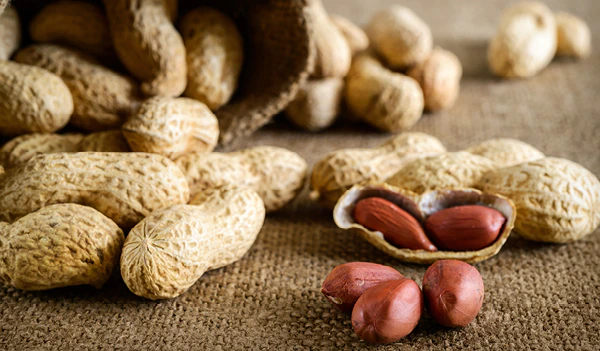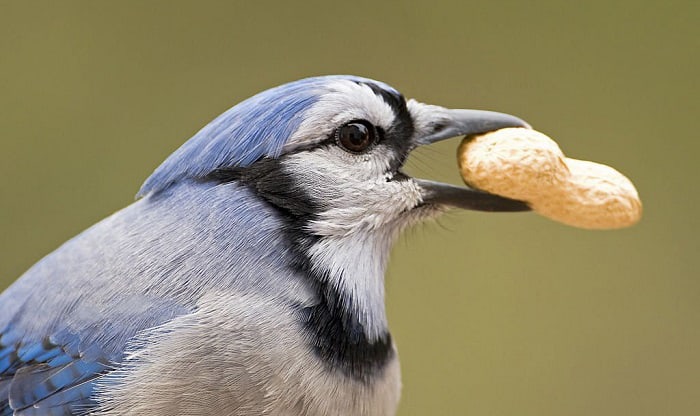Peanuts are one of the most consumed foods by wild birds. Your garden will attract tits, finches, jays, nuthatches, and woodpeckers because they are rich in protein and fat.
Peanuts are legumes and a member of the bean family, not actual nuts. Occasionally, they may be sold as ground nuts or monkey nuts. Peanuts have been cultivated for millennia, but before the 19th century, they were never consumed by humans. They are an annual herbaceous plant that, despite being native to South America, is now cultivated on many continents, with China, India, the United States, Nigeria, and Indonesia being the largest producers in the world.
What Kind of Birds Consume Peanuts?
Peanuts are enjoyed by various species, especially those that feed from hanging bird feeders. Like the long-tailed tit, coal tit, brambling, blue tit, jays, the great tit, the house sparrow, nuthatches, and woodpeckers.
How to Feed Peanuts to Birds?
Larger garden birds will enjoy peanuts in their shells, which is a great way to encourage birds to forage for food. Peanuts in their coat are enjoyed by jays, jackdaws, crows, and magpies, but even blue tits have been observed chipping away at the shells to get to the nut inside.
Leave peanuts in their entirety on a bird table or ground feeder, or string them onto the strong thread and suspend them throughout the garden. To attract woodpeckers and nuthatches, insert whole peanuts into holes drilled in a log or branch.
During cold winter, you can add crushed peanuts to a fat suet cake to provide birds with a nutritional treat. Smaller birds like wrens and robins will consume destroyed or kibbled peanuts. They can finish the small pieces quickly, reducing the likelihood that cats and birds of prey will pounce on them as they feed.
You can purchase peanut bird feeders made of steel mesh or wire with approximately 6-millimeter-wide holes so that birds can peck at the nuts and can only consume small pieces. Peanuts are a
favorite food of squirrels, and they will consume the entire supply you leave out for your garden birds if given the opportunity.
Peanut Safety
Although peanuts are a simple way to provide your backyard birds with a nutritious snack, you should take the following precautions:

- Do not feed birds nuts that have been salted, flavored, or dry-roasted. The inability of birds to process large quantities of salt can result in severe illness or death.
- During the breeding season, please do not leave out whole peanuts because parents may feed them to their young, who could suffocate. Either refrain from offering peanuts or crush them into smaller pieces. You can also purchase kibbled peanuts as a standalone food or an ingredient in bird food mixes.
- Feed only small quantities of peanuts at a time, as larger quantities can deteriorate and become moldy, which can cause respiratory infections in birds. As with all bird food, you must clean up any mess beneath your bird feeders to avoid attracting rats and other pests.
Peanut Butter Bird Food
You can also provide peanut butter for the birds in your garden as an alternative to peanuts. Ensure it does not contain additives such as salt or sugar, and do not consume rancid peanut butter. You can also purchase peanut butter formulated specifically for wild birds.
You can feed the birds in your garden both smooth and crunchy peanut butter. Try smearing some on a tree trunk, incorporating it into suet cakes, or spreading it on fruit slices, pinecones, or toast to create hanging bird feeders.

Closing
Peanuts are one of the most versatile foods you can offer to garden birds, and regardless of how you choose to serve them, you will soon be rewarded with an abundance of species in your garden. Peanuts contain different nutritional compounds like proteins, calories, fats and oil, and many more.


